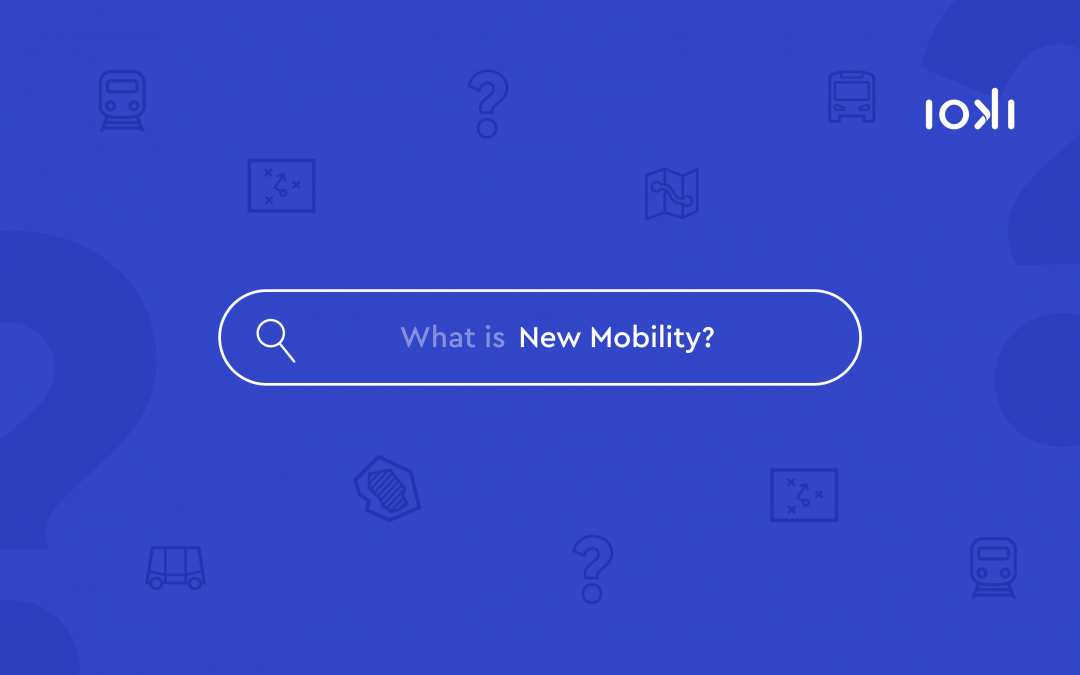Dear Martin, thank you for taking the time! Let’s start by explaining what exactly SAAM is and what your goals are for 2022.
Within the framework of the Swiss Association for Autonomous Mobility (SAAM), major Swiss mobility providers work closely together to promote the use of self-driving vehicles. SAAM coordinates corresponding projects in Switzerland and manages the transfer of knowledge between the various parties. The goal is that Switzerland becomes a pioneer country for efficient and autonomous mobility.
Which role is ioki going to play?
ioki has already established itself as a pioneer in the field of autonomous driving and has set several milestones for the German market, from test operations on closed terrain to the linking of an on-demand booking system with autonomous driving vehicles. Our SAAM members and ioki have built up considerable expertise in this area. So, it is only logical for both parties to link up and benefit from each other’s know-how.
When talking about autonomous vehicles in public transport, the image of futuristic scenarios comes up in many people’s minds. Give us an update on the status quo: How far are autonomous vehicles already taken into account in public transport planning?
Public transport operators in Switzerland have gained a wide range of experience in the operation of automated systems. We therefore know what is important in the operation of such systems with passengers on board. For us, it is now a matter of waiting until the technical systems are more mature and can guarantee greater reliability. But that doesn’t mean we don’t want to continue gathering experience. The topic of automated driving itself is now really picking up speed. On the one hand, this is due to the new German legislation on automated driving, which is a good transitional solution until harmonised regulations are available at the international level. On the other hand, suppliers are now also becoming active in this area. Basically, the following motto applies: «The way is the goal.» Automated driving is one (very important) building block of many building blocks that need to be considered. There are countless technical, social and regulatory aspects that we need to address more precisely.
… and what advantages do such autonomous transports have?
The opportunities of autonomous driving are essentially derived from the fact that no driver is needed to move the vehicle. For public transport, the issue of inclusion plays an essential role. Automated driving offers people with limited mobility and reduced ability to actively participate in road traffic (for example due to age, disability, use of medication) the opportunity to improve their participation in general life.
Automated vehicles reduce traffic accidents and thus social costs. Traffic flow can be optimised while reducing CO2 emissions (fewer cars, greater electrification of the fleet). With automation, services can be offered at lower operating costs (driverless).
In summary, the use of automated vehicles can lead to more accessible, greener, inclusive and safer cities, suburbs and rural areas.
The mobility sector is diverse. What exactly is it about autonomous driving that excites you personally so much?
I have always been passionate about innovative but also complex technology. Automated driving combines many things, including complex technical, but also social and regulatory aspects. But far more importantly, my job gives me the feeling that I can do good for people and our environment.
Martin, thanks for your time!



